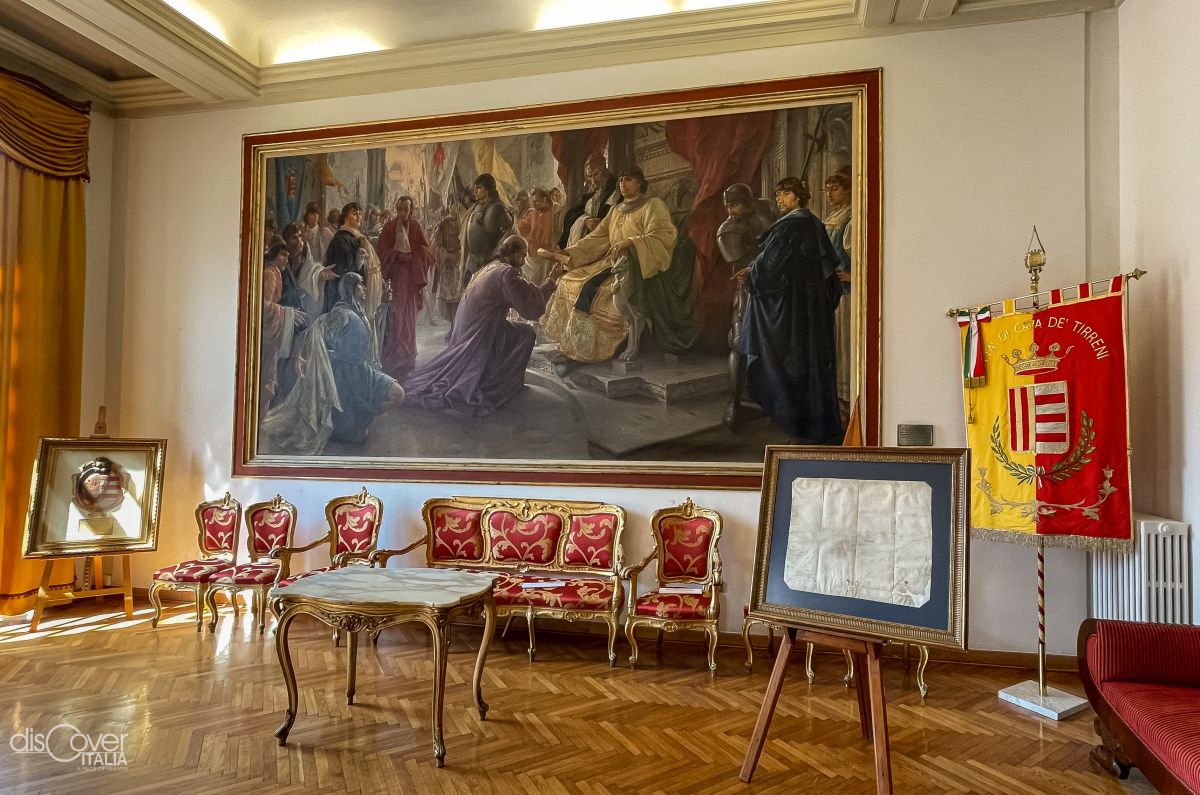
The order had been clear and implacable: all crops and food supplies were to be found and destroyed. The peasants and inhabitants of the city of Cava, reduced to hunger and deprived of the resources to survive, could not have resisted any longer and all their resistance would have been weakened and won.
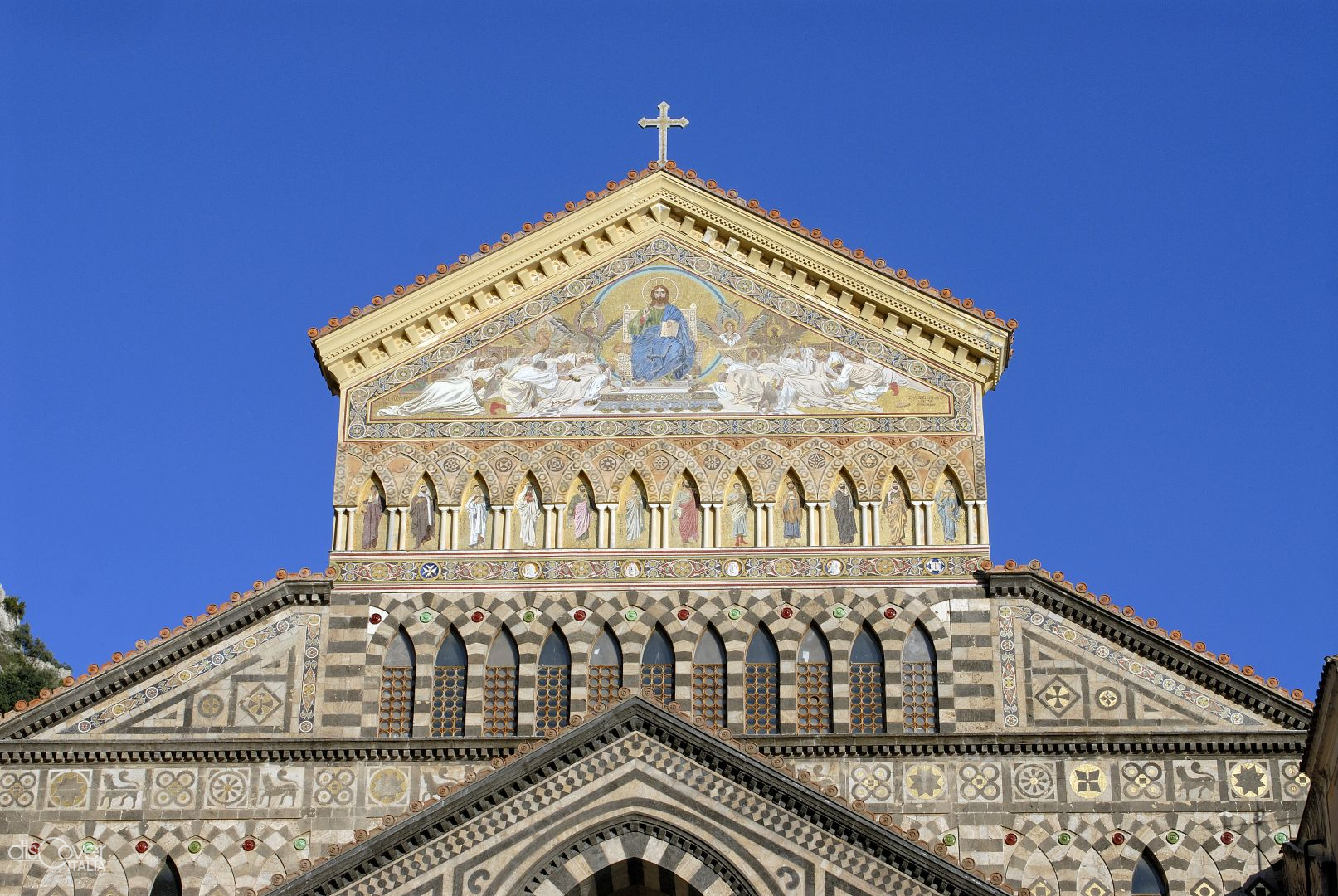
It is from nearby Atrani, where the solemn investiture ceremony of the Amalfi Doges took place, that the sumptuous historical procession begins, anticipating the Regatta of the Ancient Maritime Republics by one day.

Fifty kilometers of beauty. Unfolding through winding the rocks overlooking the sea. It is one of the wonders of the Amalfi Coast, the road connecting all its towns for one hundred and seventy years.
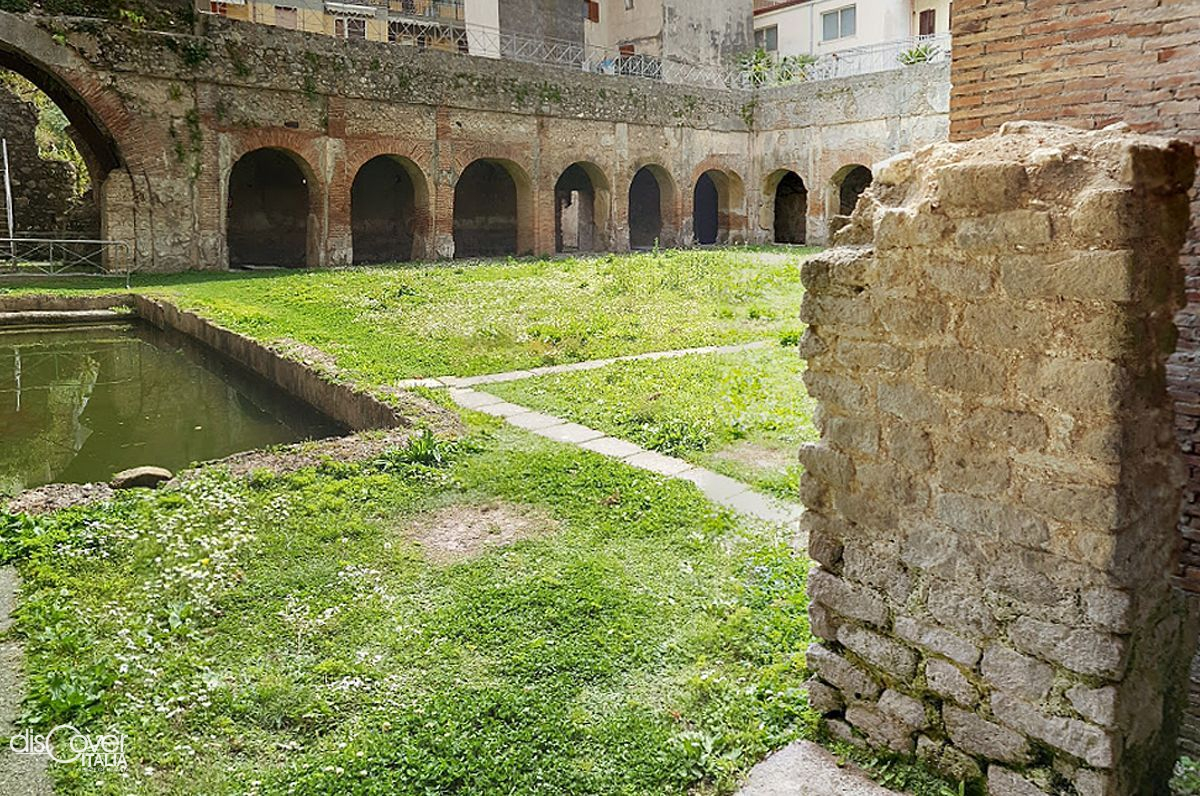
It was the first century AD, between 30 and 60, when a rich and cultured character of imperial Rome, perhaps a senator, built his large seaside villa in the place that would have taken the name of Rheginna Minor from the stream, which became simply Minori very time later, with the Swabian domination.
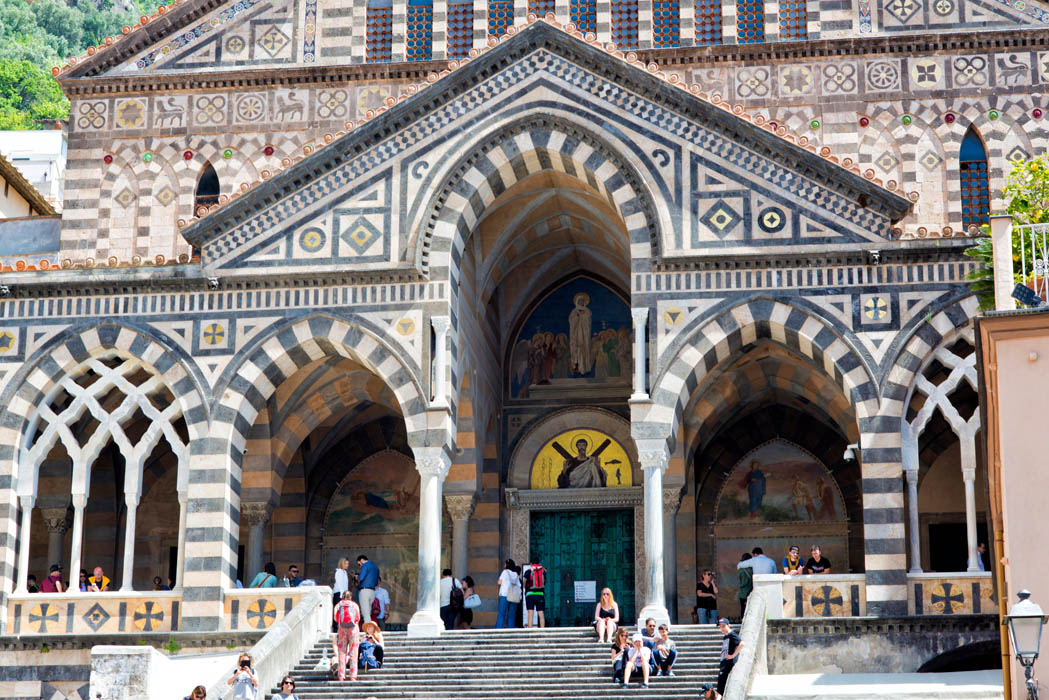
It was the eve of the patron's feast, that 29th of November 1304, and as always, there was a great turnout in the crypt where the mortal remains of the apostle Andrew had been resting for ninety-six years.
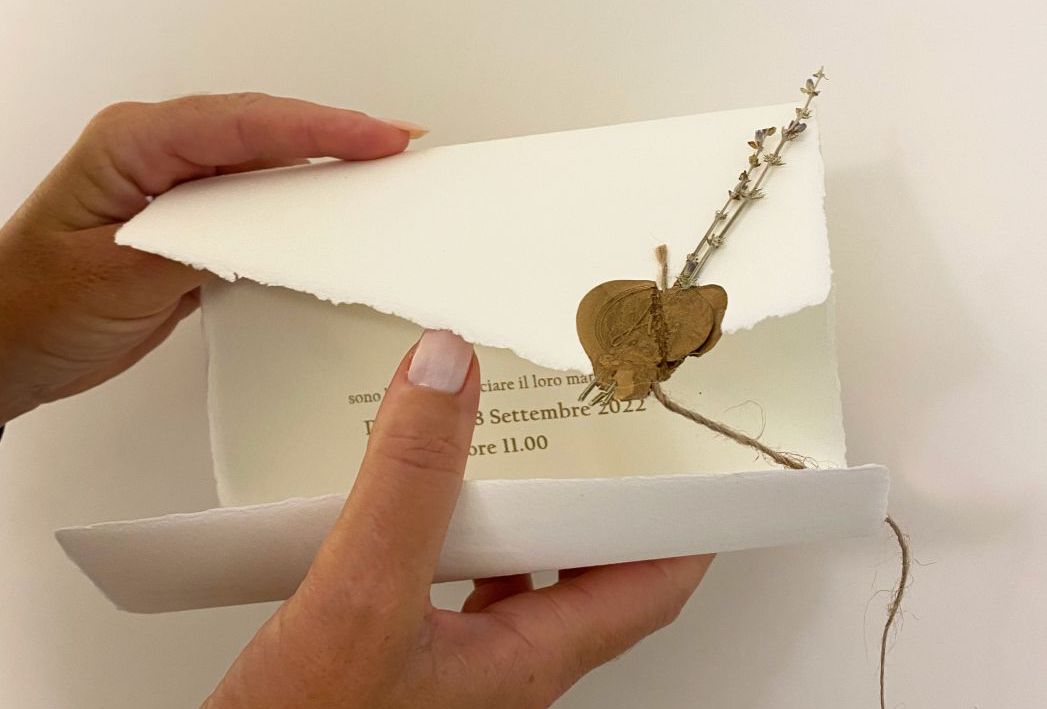
It was Mozart’s favourite. Lord Byron, Oscar Wilde and Stendhal have written on it. And great artists have drawn on it as it has been used for special editions of literary masterpieces or for the reproduction masterpieces of art.

It is the traditional hospitality gesture in Tramonti and in Amalfi Coast: offering a small glass of homemade liqueur. A dark, quite thick, sweet and spicy liqueur, with a particular and unique taste.

The great siren by the artist Luigi Manzo welcomes Vietri, the city which has made ceramics its distinctive element.